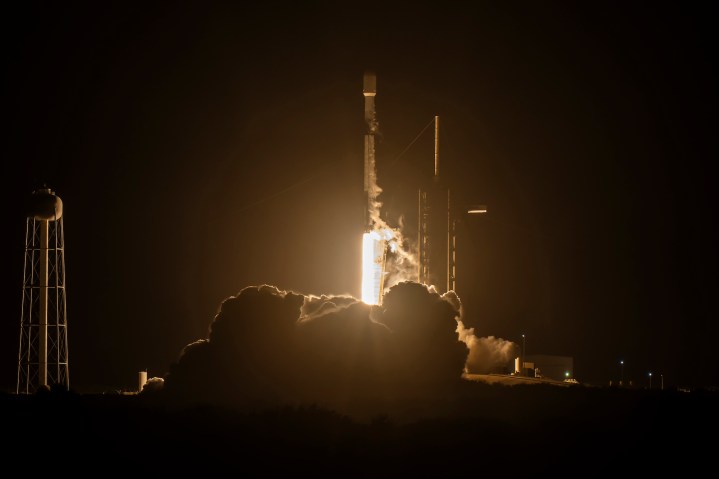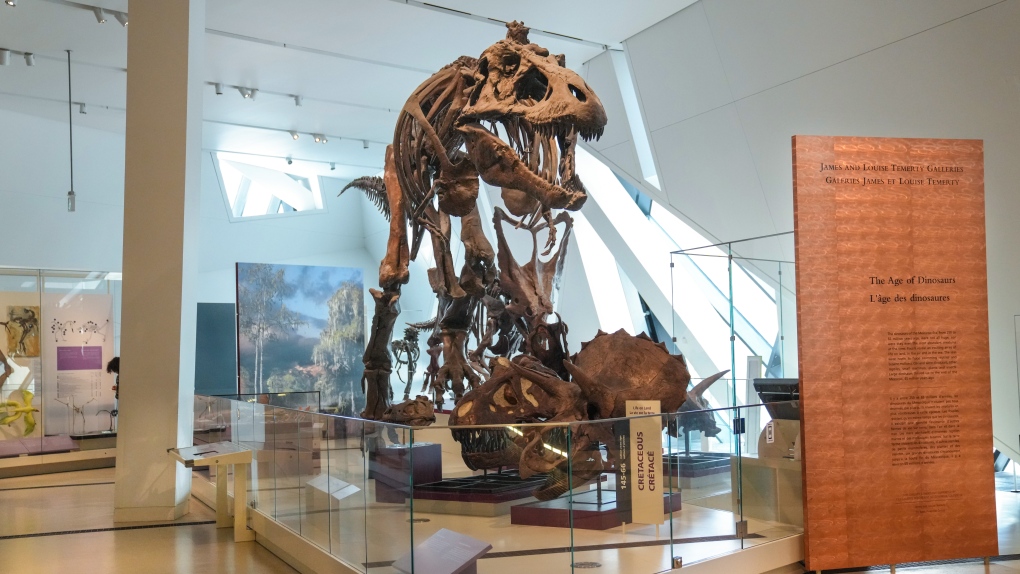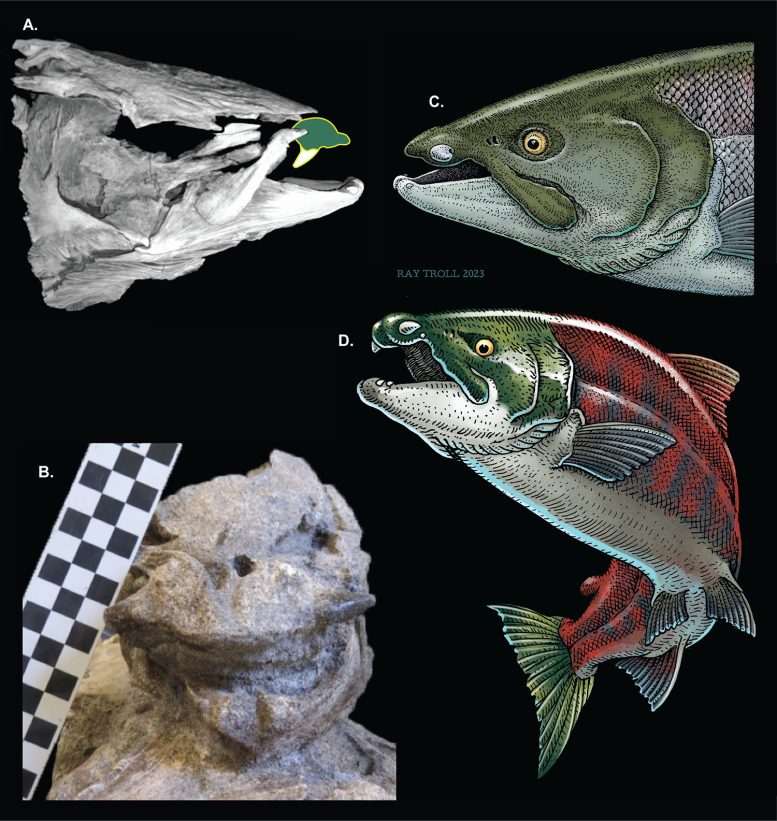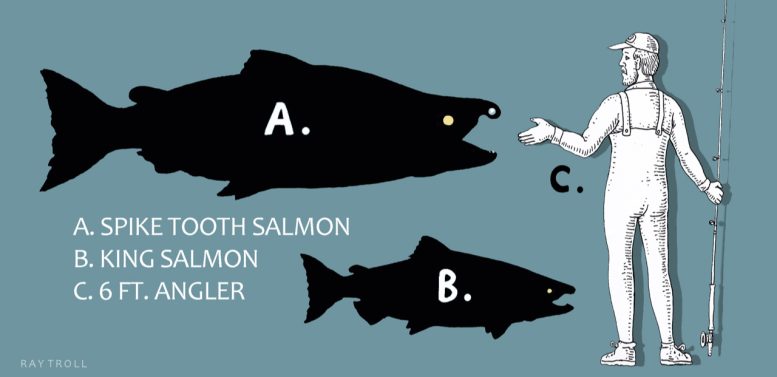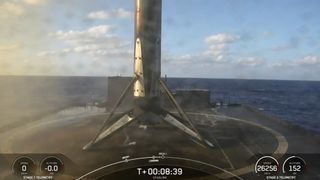
April 30 (UPI) -- NASA officials are planning to launch the space agency's long-duration balloon campaign from Sweden to gather scientific data to assist with several projects starting in mid-May.
The National Aeronautics and Space Administration's balloon program is partnering with the Swedish Space Corporation to launch the balloons capable of operating in near-space some 150,000 feet above the Earth, NASA announced Tuesday.
"Our partnership with the Swedish Space Corporation is valuable to NASA and the scientific community by allowing us to use their high-quality facilities at Esrange," Andrew Hamilton, acting director of NASA's balloon program said Tuesday.
Esrange is located in a large and unpopulated area of Sweden that gets 24 hours of sunlight during the summer months.
Hamilton said high-altitude balloons will not lose gas needed to keep them aloft because of the constant sunlight during the summer months in the polar regions.
"The location of the launch range and the stratospheric winds allow for excellent flight conditions to gather many days of scientific data as the balloons traverse from Sweden to northern Canada," Hamilton explained.
The balloon program has four primary missions this summer.
One mission uses a superconducting magnet to measure the flux of high-energy cosmic ray isotopes to unexplored energies while helping determine the age of the Milky Way galaxy's cosmic rays.
A second mission will use high-resolution imaging equipment to record X-rays from energetic electron microbursts in the polar atmosphere.
The mission requires a balloon measuring 60 million cubic feet to fly higher than 150,000 feet.
A third mission is focused on the Sun and will use high-resolution images to observe spectro-polarimetry of its layers called the solar photosphere, cromosphere and other active regions of the Sun.
The images will help measure temperature, magnetic field and velocities associated with those layers.
The fourth mission will use a telescope to observe the sources of several black holes and neutron stars in the Milky Way to help learn how they accelerate electrons and emit X-rays.
The fourth mission will include two smaller payloads to complete two additional scientific missions.
One will use an infrared channeled spectro-polarimeter to measure the tops of clouds and the size and shape of ice particles that help scientists better understand weather while improving climate models.
Another will help NASA develop sensor technologies that measure ultraviolet UVA, UVB and UVC wavelengths and ozone concentrations.
NASA says its high-altitude balloons can lift up to 8,000 pounds and are quick, cost-effective ways to test, track and recover scientific experiments for NASA and universities located around the world.
https://news.google.com/rss/articles/CBMiZGh0dHBzOi8vd3d3LnVwaS5jb20vU2NpZW5jZV9OZXdzLzIwMjQvMDQvMzAvTkFTQS1Td2VkZW4tbG9uZy1kdXJhdGlvbi1iYWxsb29uLXByb2dyYW0vNTEzMTcxNDUyMjE4NS_SAQA?oc=5
2024-05-01 00:56:39Z
CBMiZGh0dHBzOi8vd3d3LnVwaS5jb20vU2NpZW5jZV9OZXdzLzIwMjQvMDQvMzAvTkFTQS1Td2VkZW4tbG9uZy1kdXJhdGlvbi1iYWxsb29uLXByb2dyYW0vNTEzMTcxNDUyMjE4NS_SAQA

